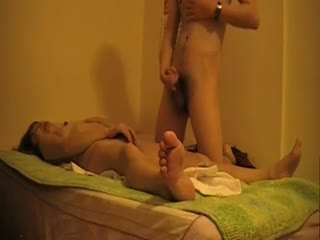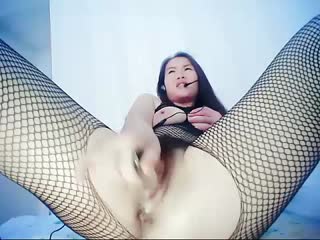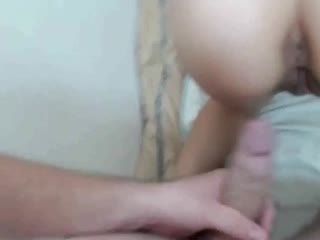弟弟的青春期_姐姐用身体给弟弟上生理知识课_x264_aac
发布于
1146
热门国产:

热播
木耳有水
5296 327

热播
酒店偷拍度假的小情侣玩一会电脑再激情做爱女友的逼毛很性感诱人很有撸点
3831 979

热播
[Yuzukitty]全网首发_劲爆网红美少女[柚子猫
9629 422

热播
极品身材大学生情侣性爱流出暗黑旗袍女神穿高跟各种抽插爆
3210 486

热播
爱自拍的大屌哥傍上开金店的富婆脖子上多了条金链
2249 619

热播
[偷拍]顾不上吃饭的年轻小情侣带着撸串啤酒来嗨皮
6781 392

热播
东莞养生会所按摩女加了500元才愿意把衣服脱掉吃鸡巴口爆
4327 913

热播
欲望大屁股翘臀の合集乘四-by 海哥
2334 379

热播
百度云流出自拍《新婚大喜发现豪乳伴娘和新郎原来有一腿》
8740 493

热播
恋夜美女主播有点像刘涛连体情趣道具狂插粉嫩骚逼出白浆奶
2494 729

热播
过年趁姐姐不在家里偷吃可口的熟睡姐夫
9932 959

热播
清纯靓丽的美女寂寞空虚需要安慰没有男人只要自己在家插自己好想帮忙
2395 410

热播
网红少女私人玩物 - 制服玩物
7568 782

热播
貧乳妹子身體極度敏感
6316 497

热播
酒店开房草小青人1
4732 838

热播
娇嫩可爱亚裔美少女被老外狂舔淫穴技术真不错各式姿势无套
7788 495

热播
丰满美女主播先跳段骚气脱衣舞然后插穴自慰很是淫荡
4738 804

热播
[国产]打工妹兼职女主播勾引健身教练到女厕操逼本来是要
8183 951

热播
极品靓乳美少女铃木美咲2019最强大尺度新作-淫欲X交友人的LO娘 美乳粉穴 原版私拍59P 超清1080P原版无水印
5036 672

热播
[国产直播]s白天直播游戏晚上直播插逼逼
2949 359

热播
手机直播美女主播和帅哥炮友啪啪大秀69互舔多种姿势爆操
4496 220

热播
白静女神在胯下娇喘,奶子粉嫩诱惑 被干的表情真是很销魂
3769 844

热播
[国产直播]高颜值户外女主播滴滴打车上后排座椅直播露奶 下车后随便找个地方抠逼尿尿
2582 882

热播
吐血推荐刷了几个跑车弄到极品好身材美女棒棒插逼与狼友互
7254 645
热门推荐
推荐